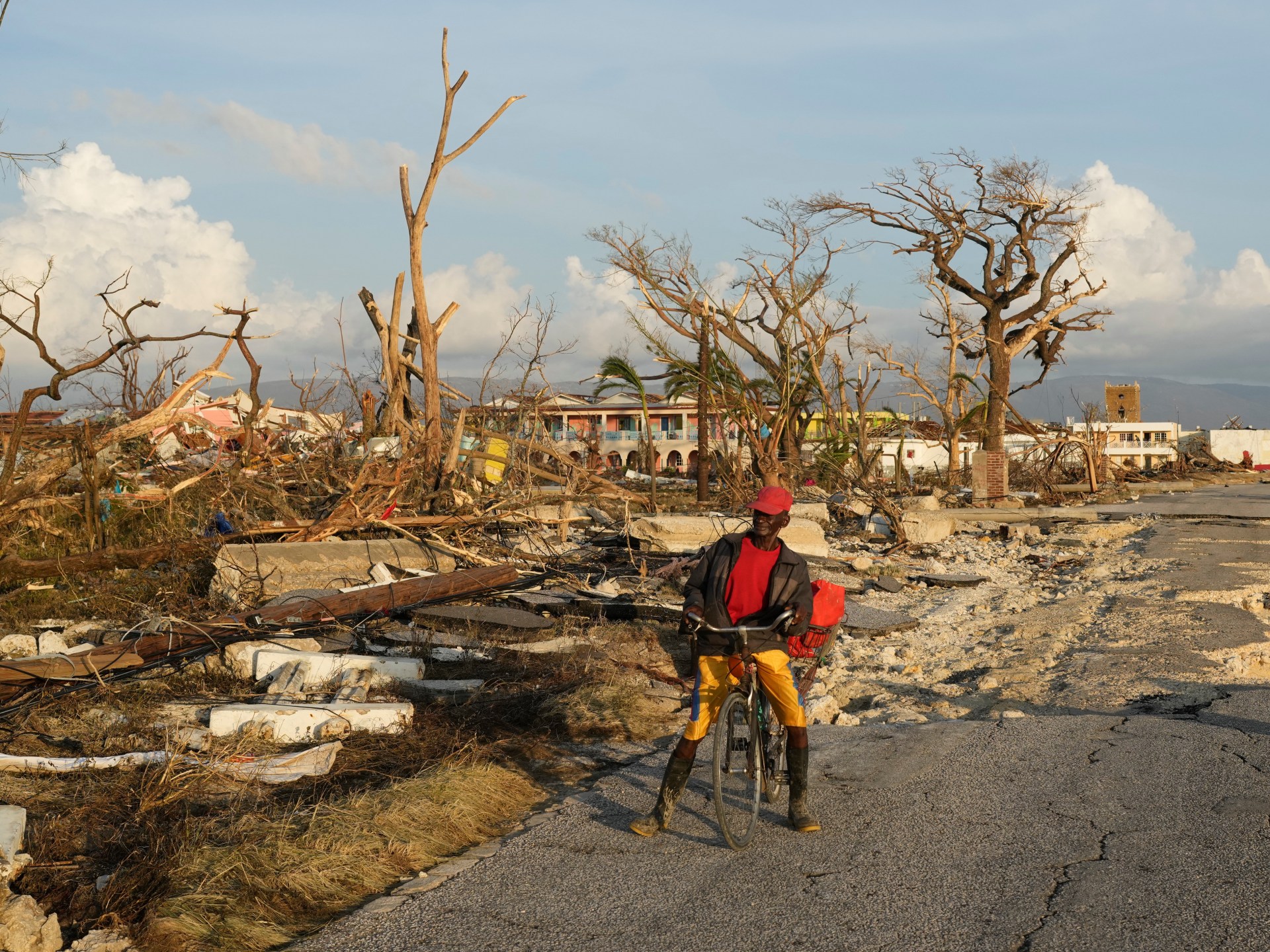Hurricane Melissa Leaves Devastation Across the Caribbean
Hurricane Melissa is finally leaving the Caribbean after battering communities in Jamaica, Haiti, and Cuba for days, leaving a trail of devastation that has claimed about 50 lives. The hurricane smashed into Jamaica on Tuesday with enormous force as a Category 5 storm, and by Friday, residents were beginning to assess their losses and face the long road to recovery.
Impact in Jamaica
More than 60 percent of Jamaica remains without power, and nearly half of its water systems are offline. In the historic seaside town of Black River, located in southwest Jamaica, up to 90 percent of all structures lost their roofs. Additionally, the storm snapped power lines and toppled concrete structures.
“People are hungry,” said Monique Powell, standing watch over a stash of groceries and household items for herself and a group of residents from Greenfield, one of many hurricane-torn communities on the outskirts of Black River. Michelle Barnes, along with her 13-year-old daughter, secured their portion of handouts from local food establishments that were distributing goods—many of which had become water-soaked and damaged. “Everything is gone,” Barnes said.
Climate Change Factor
The storm, one of the most powerful ever recorded, was made four times more likely due to human-caused climate change, according to a study conducted by Imperial College London.
Trail of Deaths
Jamaica’s Information Minister, Dana Morris Dixon, informed authorities had “quite credible” reports of five potential additional deaths that had not yet been confirmed. “We’re still at 19 confirmed, but we do expect that will change today,” she said.
In nearby Haiti, officials reported at least 31 fatalities and 21 people missing, mostly in the country’s southern region. More than 15,800 people remain in shelters.
No deaths were reported in Cuba as of Friday. The country’s civil defence evacuated over 735,000 people from the eastern part of the island as dangerous flooding persisted in some areas.
Disaster Bonds and Climate Finance
Although the full cost of Jamaica’s recovery is not yet known, the country has allocated funds for disaster response, including through a unique catastrophe bond agreement with the World Bank. Dixon explained that the bond, issued in 2024, provides Jamaica with $150 million in financial protection for four hurricane seasons.
“This bond, which provides payouts in the event of natural disasters until 2027, has been triggered by Hurricane Melissa,” she said on Friday.
Jamaica is among many countries urging wealthy nations to increase climate financing to help cover the growing costs of climate-induced disasters.
Meanwhile, Jamaica’s Minister of Science, Energy, and Technology, Andrew Wheatley, expressed gratitude for the global outpouring of support following Melissa but cautioned potential donors to be careful of scams and to use the official government donation portal.
Cuba Continues Flood Rescue Efforts
Cuba is actively rescuing residents still stranded by unprecedented floodwaters caused by Melissa. The Cauto River overflowed shortly after the hurricane struck Cuba as a dangerous Category 3 storm, bringing upwards of 380 mm (15 inches) of rain to some eastern areas of the island.
On Friday, emergency workers waded through waist-deep water wearing wetsuits, employing boats and military vehicles to rescue residents from rising floodwaters along the country’s longest river.
Eduardo Verdecia, 83, a resident of Rio Cauto, said he and his family had expected the river to subside, but ongoing rains, runoff from nearby mountains, and a fast-rising reservoir caught them off guard. “When night fell, we thought it would go down. But look at it now and it’s still raining,” Verdecia said, gesturing to the brown floodwaters now near roof level in his home.

